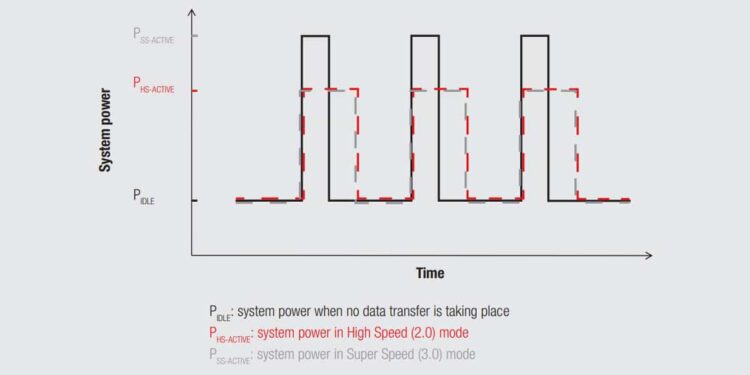Many other communication standards provide equivalent or even higher data rate than USB 3.0, namely: PCIe gen 2.0 (5 Gbits/s), Serial ATA (SATA) III (6 Gbits/s), Thunderbolt (10 Gbits/s), HDMI 1.4 (8 Gb/s) …
But PCIe and SATA III do not enable true plug & play application. Thunderbolt is a more complex technology, combination of PCI express and display port so the combination of monitor and data technologies. Therefore they do not really fight for same applications. Same for HDMI which is rather related to video applications. Therefore, even if they look like direct competitors of the USB 3.0 technology, all these communication protocols rather focus on niche applications and do not compete on the exact same market.
Looking backwards, we should be reminded that the IEEE 1394 (Firewire) technology which was certainly the most reliable and effective serial interface (higher bandwidth and higher reliability…) was only used on niche markets such as high performance applications, while USB has been implemented in nearly every electronic equipment. As a consequence, technology is not always the key factor determining the success of a communication standard.
While talking about high data rate and improved power management, we must not forget that the main advantage of USB is and will remain its backward compatibility, which makes it theoretically compatible with billions of pieces of equipment all over the world.
It’s just the beginning of the game and all these technologies will keep developing simultaneously but we can assume that the royalty fee for USB 3.0 protocol has wide path for developing.

































